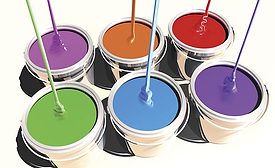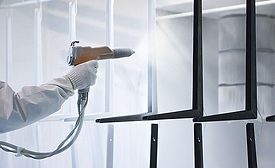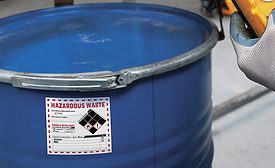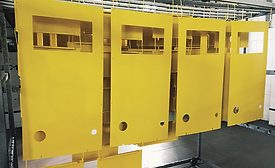Paint and Coating Equipment
Managing Dust Explosion Hazards
Compliance with NFPA 652 DHA Requirements in Powder Coating Operations
Read More
The EPA’s Hazardous Waste Generator Improvements Final Rule
Generators Must Indicate the Hazards of Contents, but Have Flexibility
Read More
Digitize to Optimize
Case Study: the Future of R&D Through an Outsourced, Cloud-Based Data Platform
Read MoreKeep the info flowing with our eNewsletters!
Get the latest industry updates tailored your way.
JOIN TODAY!Copyright ©2024. All Rights Reserved BNP Media.
Design, CMS, Hosting & Web Development :: ePublishing











